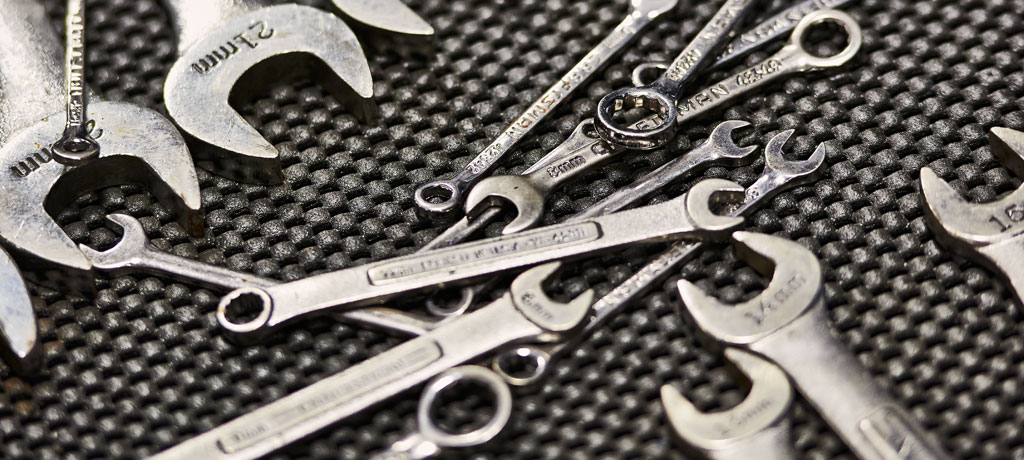When it comes to vehicle tire maintenance, most people know they must keep the tires properly inflated and replace them when the treads become worn. However, another must-do that’s often overlooked is tire rotation. This maintenance service can significantly improve your car’s performance and your safety on the road.
But what is tire rotation, and why is it important? Let’s delve into the topic below.
Tire Rotation: A Quick Breakdown
To get the complete picture of tire rotation, here’s what you should know about the process and why it’s crucial.
What Exactly Is a Tire Rotation?
Tire rotation is an auto maintenance service that involves switching tires from one position on a vehicle to another to promote even tire wear. Typically, the tires at the front of a car wear out faster than those at the rear. However, an auto service professional may rotate them front-to-rear, side-to-side, or diagonally, depending on vehicle type and tire wear.
How Often Should You Rotate Your Tires?
Are you wondering at how many miles you should rotate tires? Most automotive experts recommend the service every 6,000 to 8,000 miles. Your vehicle’s manual may also outline specific mileage guidelines. Always pay attention to signs of uneven wear to determine if you need to rotate them sooner.
How Can You Tell If Your Tires Are Overdue for a Rotation?
Aside from going by the number of miles they’ve covered and the manufacturer’s recommendations, you can tell tires need rotating if you notice any of the following:
- Uneven Wear Patterns: One edge of a tire shows more wear than the other.
- Vibration: Unusual shaking or vibrating while driving, especially at high speeds.
- Tread Depth Discrepancies: Differences in tread depth between front and back tires.
- Noisy Tires: Increasing tire noise or humming when on the road.
- Handling Issues: Difficulty steering or maintaining a straight line, indicating uneven traction.
These issues increase your chances of a blowout or accident, especially in adverse driving conditions. If you notice any of these warning signs of uneven tire wear, bring your car to an auto service center to determine if you need a rotation.
The Benefits of Tire Rotation
Regularly incorporating tire rotation into your vehicle maintenance routine will deliver these benefits:
- More Even Tire Wear: Vehicles naturally exert different pressures on the front and rear tires. For instance, front tires might wear out faster due to steering action and the engine’s weight. Rotating the tires balances these wear patterns, ensuring uniform wear across all tires.
- Longer Tire Lifespan: One of the top benefits of tire rotation is that it helps extend the life of your tires. With even wear, tires can serve you longer before needing replacement, providing good value for your money.
- Improved Fuel Efficiency: A vehicle that runs on unevenly worn tires might experience more drag, causing the engine to work harder. By ensuring tires wear evenly through regular rotations, you can potentially improve fuel efficiency.
- Better Vehicle Performance: Uniformly worn tires contribute to smoother rides, better handling, and more efficient braking. This means the vehicle’s response is more predictable and stable whether you’re cornering, braking, or accelerating.
- Increased Safety: The benefits of tire rotation extend to safety. Evenly worn tires provide more consistent traction, reducing the chances of sliding, particularly in wet or snowy conditions.
- Better for Your Budget: By extending the life of your tires and preventing potential alignment problems due to uneven wear, you save on both tire replacement and additional repair costs.
Tire Rotation vs. Alignment: Understanding the Difference
A car owner who doesn’t quite know what a tire rotation is may believe it’s the same service as a tire alignment, but it’s not.
While a tire rotation shuffles the position of your tires, a tire alignment adjusts the angles of the tires so that they are parallel to each other and perpendicular to the ground. Your tires can become misaligned due to impacts from going over potholes, hitting curbs, wear and tear on suspension components, or accidents.
Misaligned tires can present several issues. Uneven tire wear, which can lead to untimely replacement, is one of the most common consequences. Additionally, a vehicle with poor alignment might experience handling problems, such as drifting to one side or another, causing safety concerns.
Conversely, a correctly aligned set of tires offers a smoother ride and longer lifespan. You should also notice improved fuel economy while driving because your tires will have less rolling resistance. In case you don’t know, rolling resistance refers to the amount of energy needed to keep your tires at a steady pace.
Though tire rotation and tire alignment are not the same procedure, they offer similar benefits. When replacing your tires, you may need to have an auto technician perform an alignment service at the same time.
Get Fast, Reliable Tire Rotation at Meineke
Experience the Meineke difference! For optimal tire lifespan and performance, trust our experts with your tire rotation needs. Drive safely, save money, and ensure even tire wear with Meineke’s professional service. Contact us to learn more, or schedule your tire rotation today!
*Not all Meineke locations offer the services listed. Please call your local Meineke to learn more about the services in your area.






